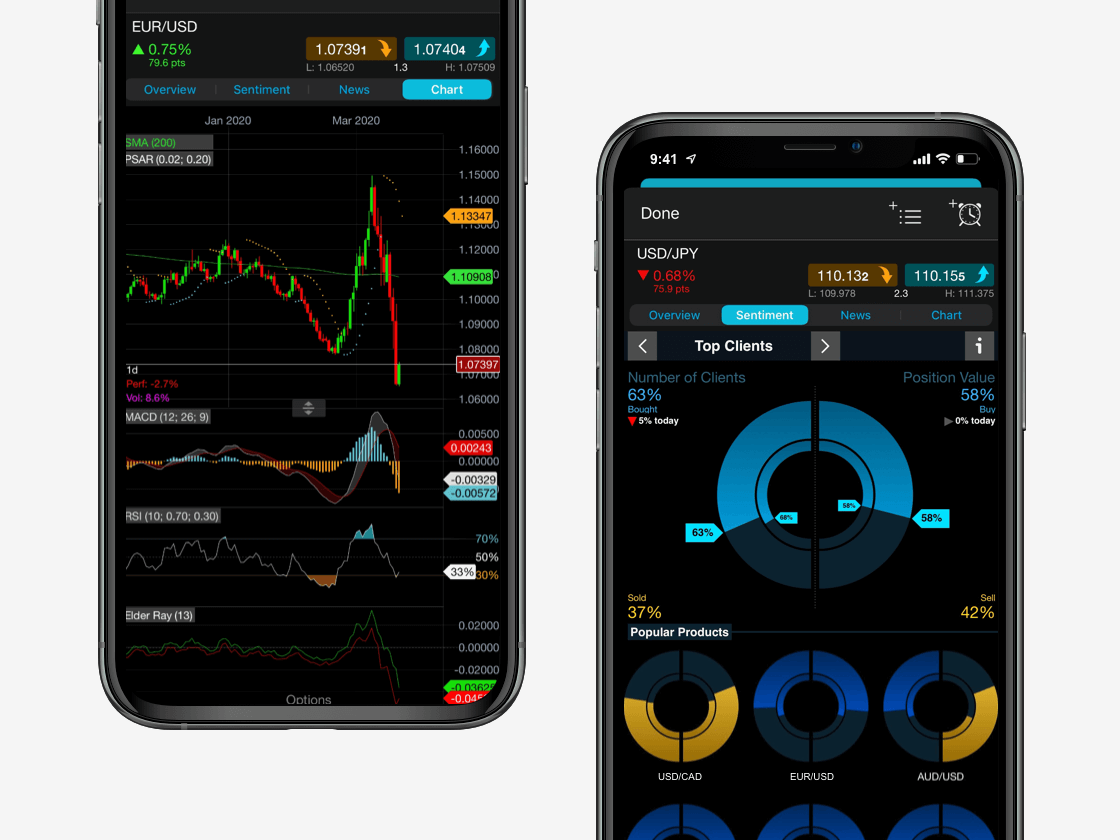What is an OTC trade?
The OTC market is arranged through brokers and dealers who negotiate directly. An advantage of the OTC market is that non-standard quantities of stock or shares can be traded.
The OTC market often includes smaller securities. It consists of stocks that do not need to meet market capitalisation requirements. OTC markets could also involve companies that cannot keep their stock above a certain price per share, or who are in bankruptcy filings. These types of companies are not able to trade on an exchange, but can trade on the OTC markets.
These are not the only types of companies on the OTC market, however. Larger, established companies normally tend to choose an exchange to list and trade their securities on. But well known, large companies trade OTC too. For example, blue-chip stocks Allianz, BASF and Roche and Danone are traded on the OTCQX market.

